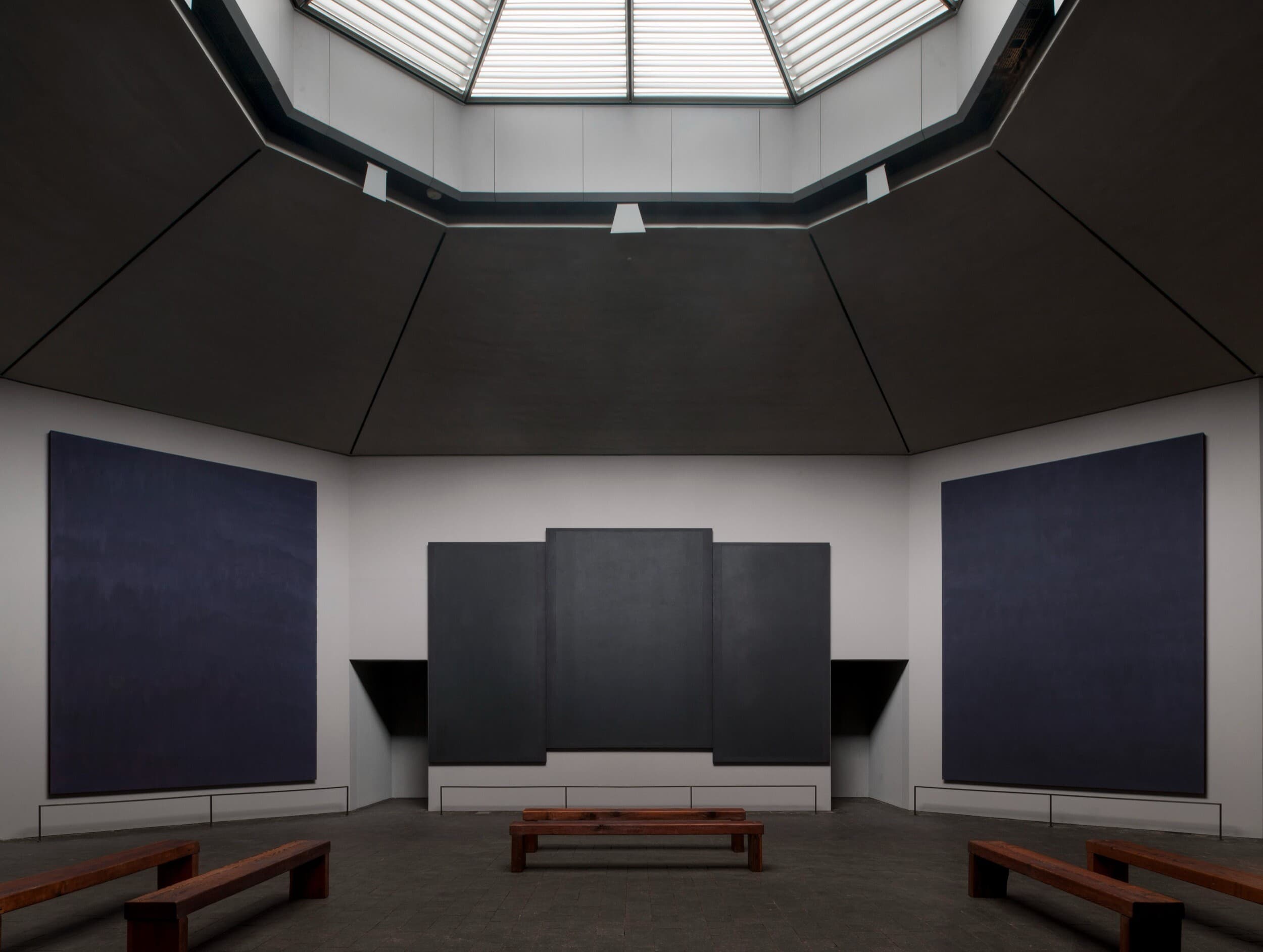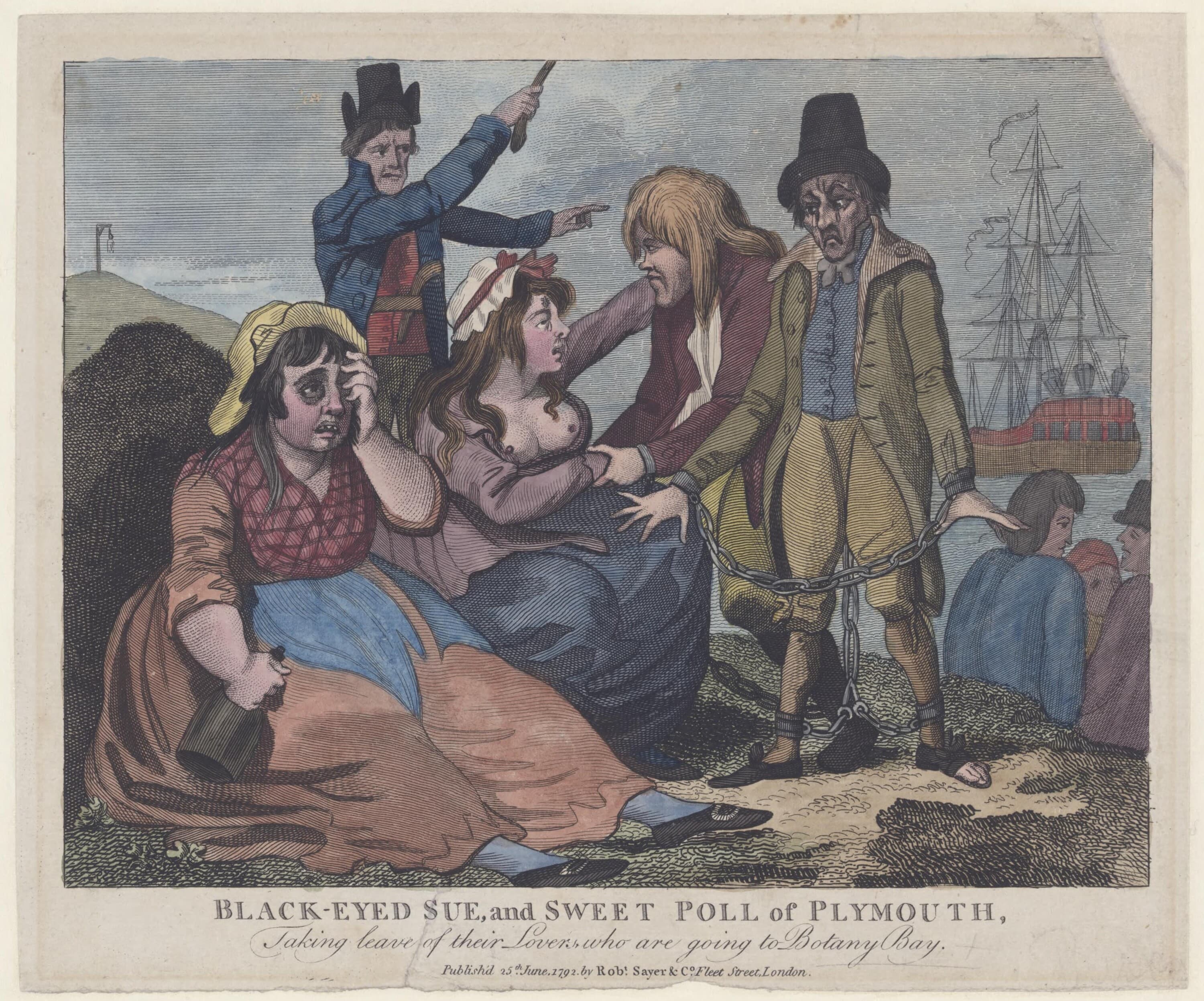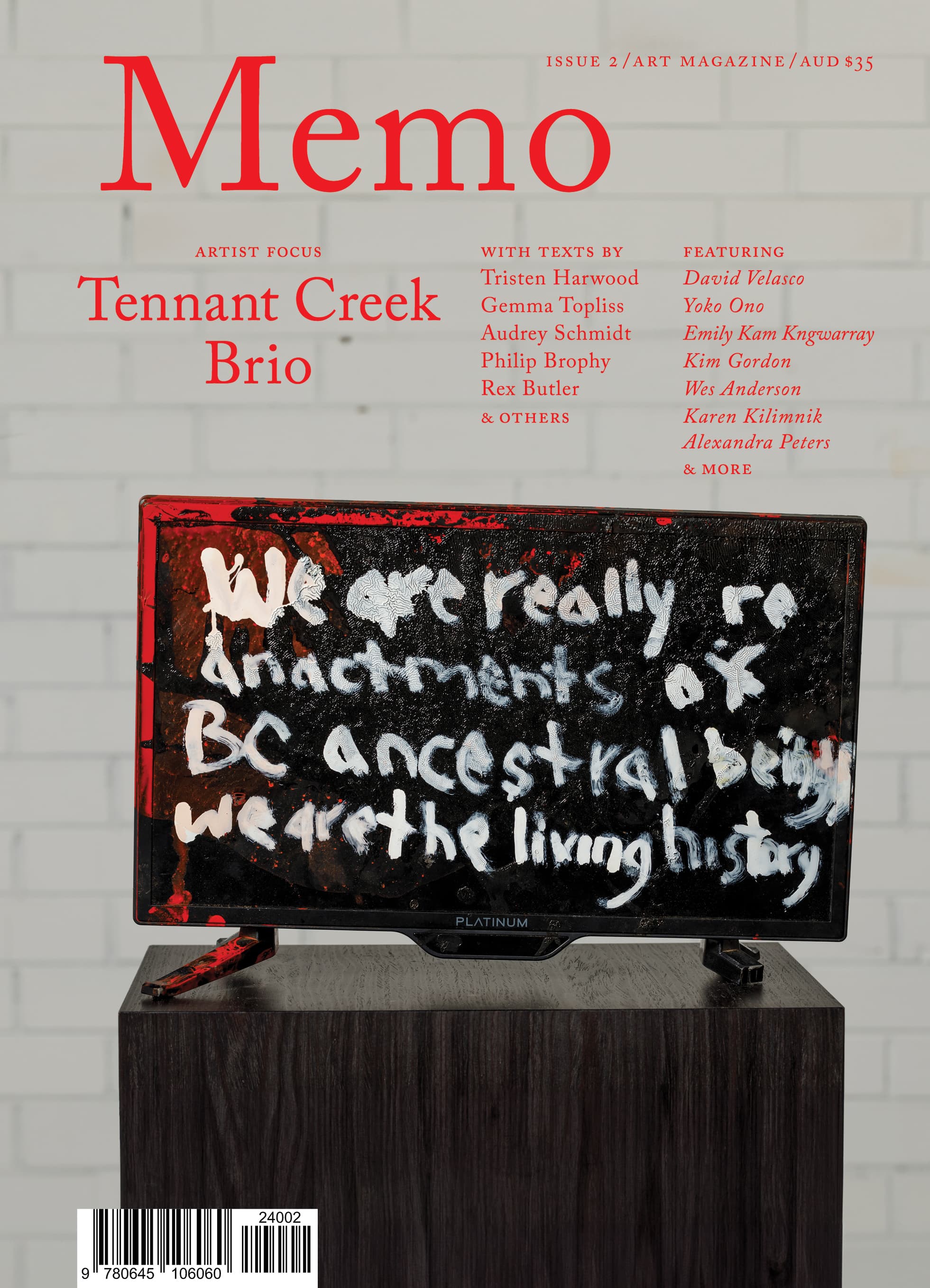Are artist collectives collaborative?
Collaboration has become a buzzword among contemporary art’s cultural bureaucrats and market operatives.
Collaboration has become a buzzword among contemporary art’s cultural bureaucrats and market operatives. This officialdom appears out of step with the non-institutional forms of collaboration suggested by the term “collectivity.” And yet artist collectives, as closed-loop systems, are antithetical to the collaborative wellness mantra we are used to hearing in the global high-end culture industry. In this world, “collectives” of cultural, corporate, and market partners collaborate with artist collectives — often awkwardly, as seen at documenta fifteen, curated by Indonesian-based ruangrupa. Without centralised curatorial power, the mega-exhibition’s bureaucratic structures were not prepared for democracy in practice, despite their virtue signalling.
Exclusive to the Magazine
Are artist collectives collaborative? by Lévi McLean is featured in full in Issue 2 of Memo magazine.
Get your hands on the print edition through our online shop or save up to 20% and get free domestic shipping with a subscription.
Related

The APY Art Centre Collective scandal, ignited by Murdoch’s The Australian, exposed more than allegations of interference—it revealed power struggles in the Aboriginal art industry and became a flashpoint for culture wars. As institutions, dealers, and politicians jockeyed for position, the artists were caught in a battle over authenticity, control, and the future of Aboriginal contemporary art.

By recasting Black-Eyed Sue and Sweet Poll in shackles, Sayer’s 1792 engraving subverts the sailor’s farewell to reveal convict and naval cruelty as mirror images.
